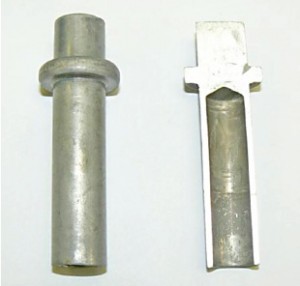Designing the right joint or fastening system up-front with some value and application engineering techniques in the early design stages is extremely important.
From Fastener Technology International, August 2012
In the 1998 movie, “Armageddon”, as he is being strapped into a space capsule atop a rocket, Rock Hound, the character played by Steve Buscemi utters this line to Harry, the character played by Bruce Willis, “Hey Harry? You know we’re sitting on four million pounds of fuel, one nuclear weapon and a thing that has two hundred and seventy thousand moving parts built by the lowest bidder. Makes you feel good, doesn’t it?”
In my opinion, this ranks as one of the most humorous lines from Hollywood in recent years. But unfortunately, one that expresses, at its core, an attitude that all too often seems to prevail among even the best and most enlightened users of fasteners.
How often have you heard that, “it’s only a screw, nut or bolt” or found yourself in a tense situation trying to make or locate a fastener because your customer failed to appreciate the engineering complexity, time or dollar constraints associated with making or procuring the right one?
Naturally, most of the readers of Fastener Technology International probably have a healthy respect for how much engineering goes into specifying, designing and manufacturing the right fastener for a specific application. You realize how critical a fastener can be to the overall success or failure of a customer’s project.
You can probably cite multiple instances of customers that have failed to adequately consider the design of the fastened joint or waited to the last minute to choose the proper fastener, and then had the audacity to wonder why your company cannot support them. How often have these delays or oversights ultimately cost the customer precious resources and you “reputation points”?
Fortunately, no one needs to find themselves in this predicament. With proper education, communication and the latest in application and value-engineering tools, many of these pitfalls can be avoided. Generally, it doesn’t take a significant investment of time or resources to work with a manufacturer, authorized distributor or knowledgeable party to conduct value and application engineering services early in the design cycle and eliminate much of this frustration on the backend. In most cases, it is clearly evident this early investment can pay significant dividends later in the design cycle.
 From Fastener Technology International, June 2012
From Fastener Technology International, June 2012